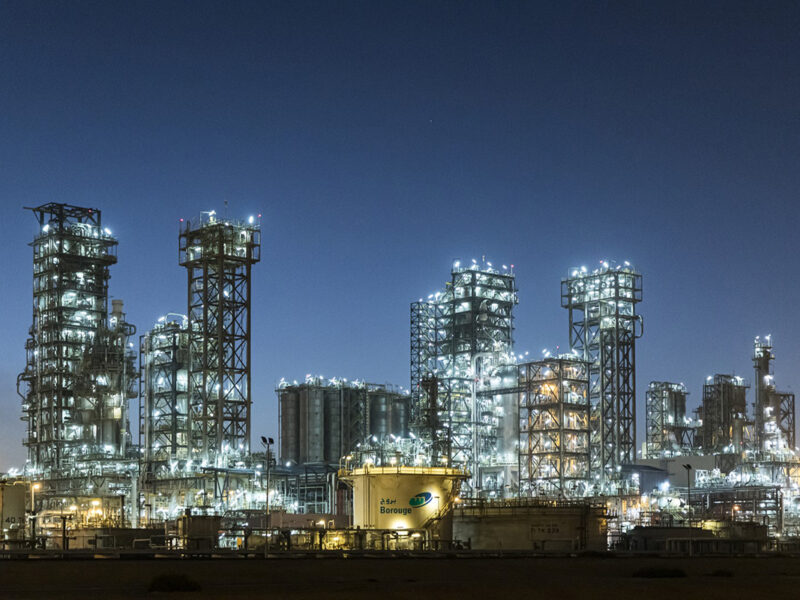China’s crude oil
imports from Saudi Arabia will likely rise 11 percent next
year to hit one million barrels per day, a pace slightly
faster than 2010 but off the heady increases in previous
years, industry officials told Reuters.
China’s refining expansion is expected to moderate next
year and rising competition of mostly Russian oil via a
Siberian pipeline means import growth for the high-sulphur
Saudi oil would be limited, they said.
At one million bpd, China stands a touch behind the United
States as the Kingdom’s second-largest crude buyer. US
Energy Information Administration data showed Riyadh supplied
1.07 million bpd in the first eight months of 2010 to the
U.S., largely flat from a year earlier.
State-run Saudi Aramco has rolled over its evergreen
contracts with Chinese refiner Sinopec Corp and
PetroChina for next year and expects actual supplies
to grow 100,000 bpd or so from this year’s average of 900,000
bpd, industry officials said.
“The market was really worried earlier about 2010, which
turns out to be much more robust than thought. Now we have a
high base forecasting next year’s growth,” said an industry
source with close knowledge of oil trade between Riyahd and
Beijing.
“A growth of around 10 percent is both realistic and more
sustainable for Saudi Arabia.”
In 2008 Saudi supplies to China rallied nearly 40 percent
to about 730,000 bpd, as China went through a major
stockpiling year for the Beijing Olympics Games, followed by a
15-percent rise in 2009 when China added several big new
refineries including one partly owned by Aramco.
China, the world’s second-largest oil user, may finally
enter a relatively quiet year in its long refining expansion
boom that started nearly two decades ago, by possibly adding
less than 300,000 bpd new working capacity next year, or just
over 3 percent of China’s total oil demand.
That came off an average of 400,000-450,000 bpd additions
each year seen in the previous few years.
And a chunk of next year’s new capacity would be
processing lower sulphur oil from Russia.
The start of the China branch of East Siberian Pacific
Ocean (ESPO) pipeline since earlier this month that aims to
reach a full designed capacity of 300,000 bpd as early as
beginning of 2011 is poised to cap the growth in competing
supplies from the Middle East, traders have said.
While traders are still trying to gauge the exact amount
of incremental Russian supplies, as the ESPO oil is set to
replace some of the shipments now coming to China via rail,
top Middle East exporters like the Saudis are facing up to the
challenge.
Saudi Arabia, the most influential member of the
Organization of the Petroleum Exporting Countries (OPEC), has
been restoring full contracted volumes to most Asian buyers
this year after curbs for most of 2009 that were applied in
line with OPEC’s record output cuts.
In October, OPEC made no change to formal output levels,
keeping intact a supply policy that has served it well for
nearly two years.








